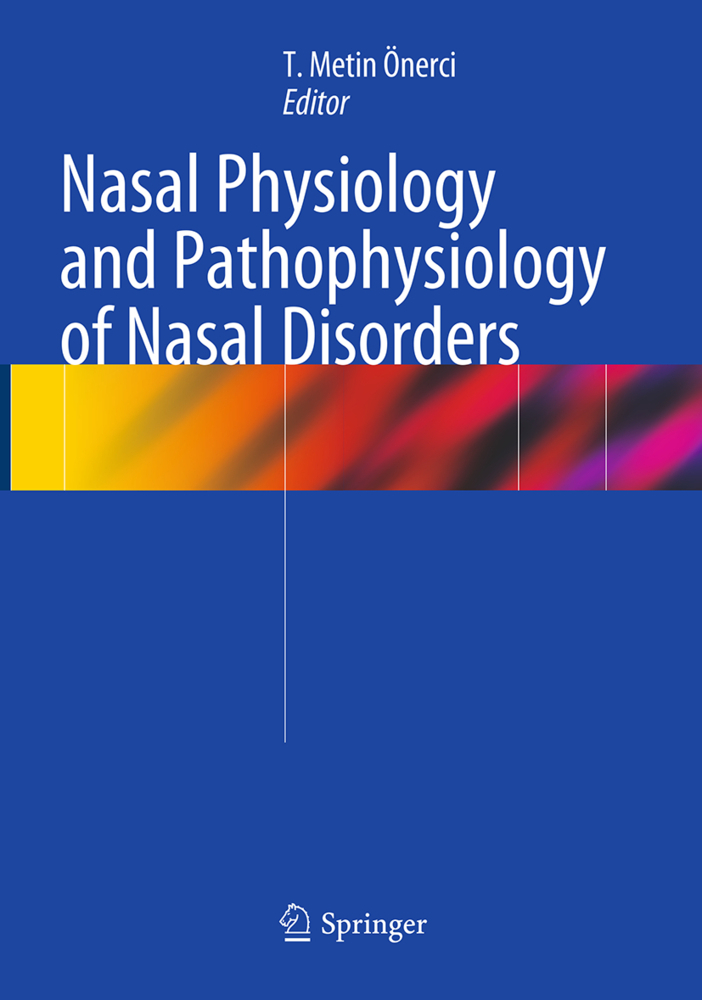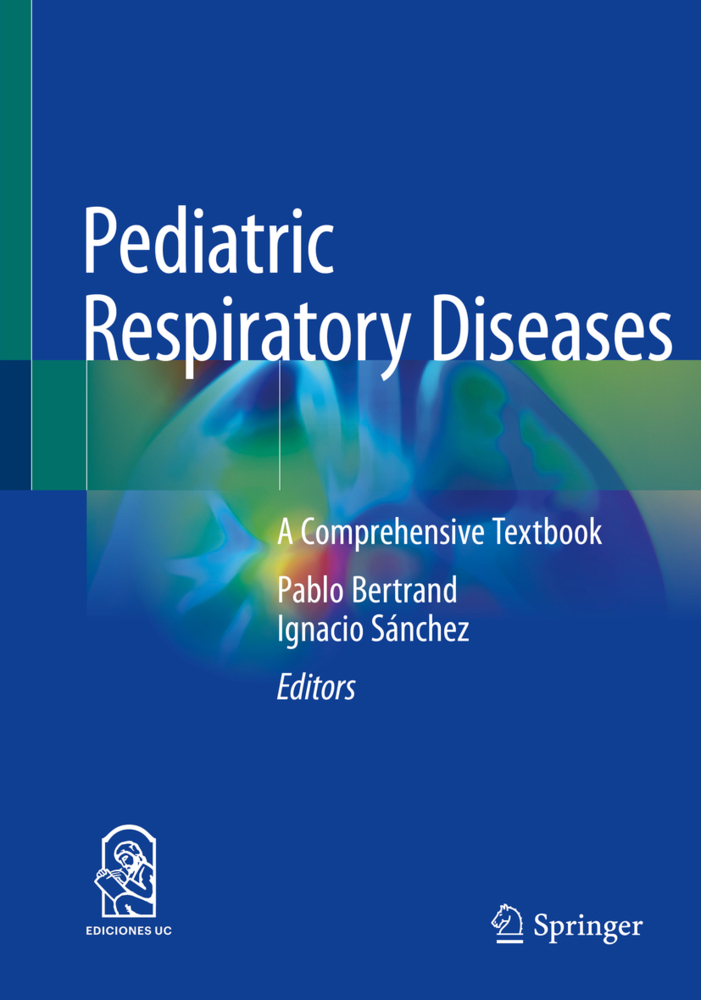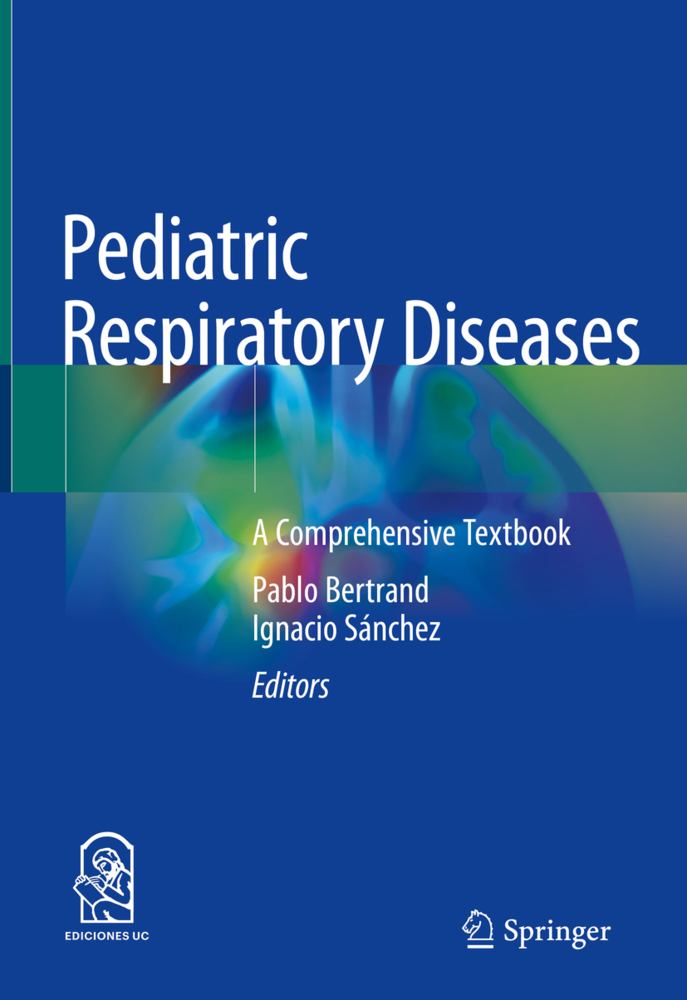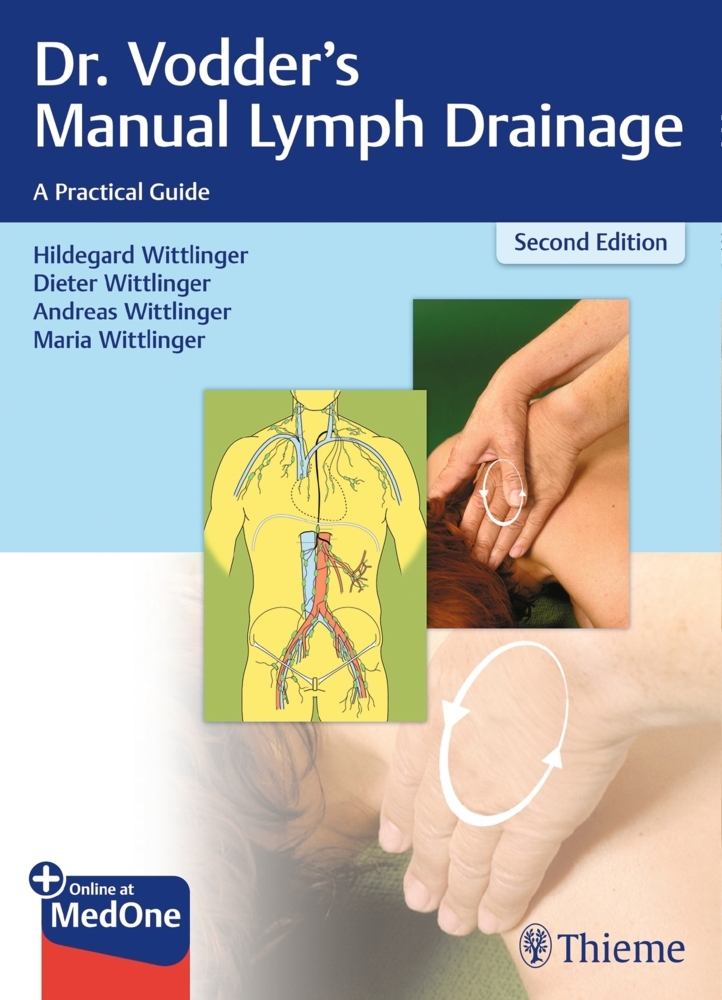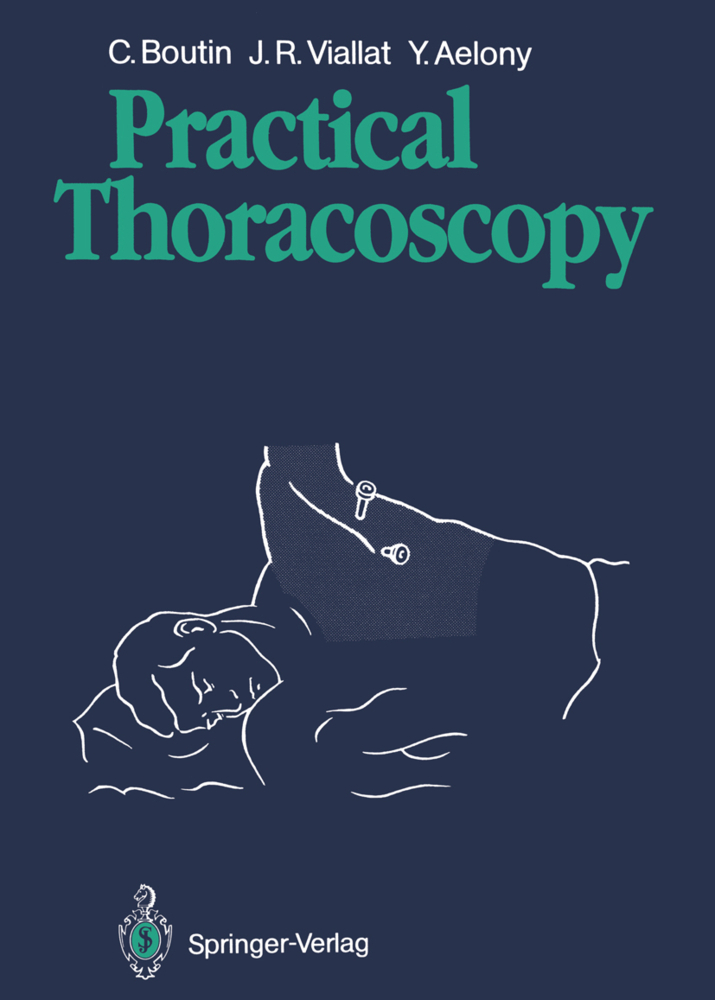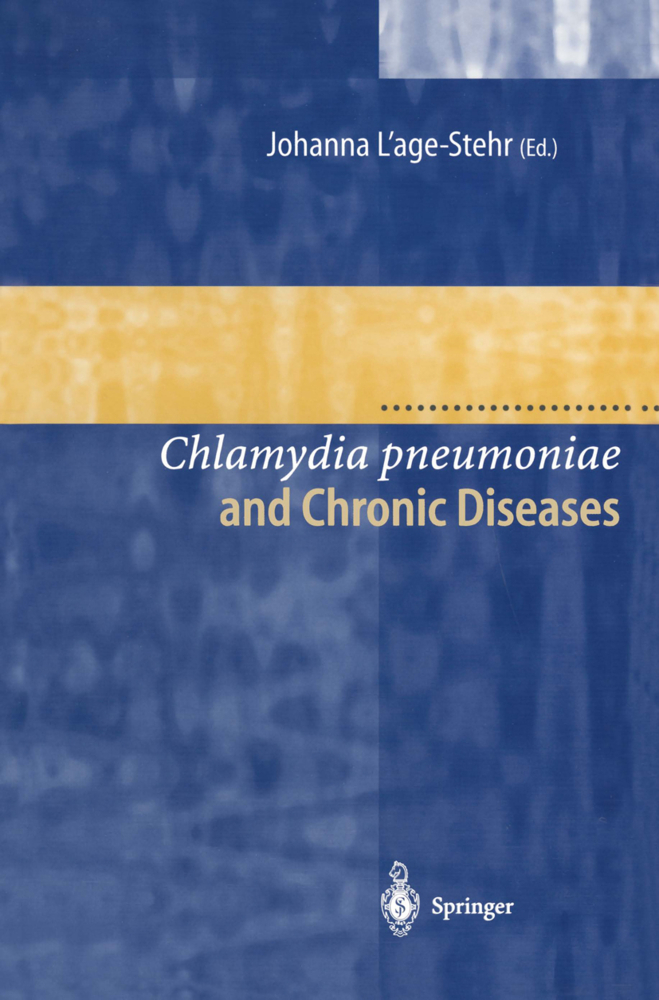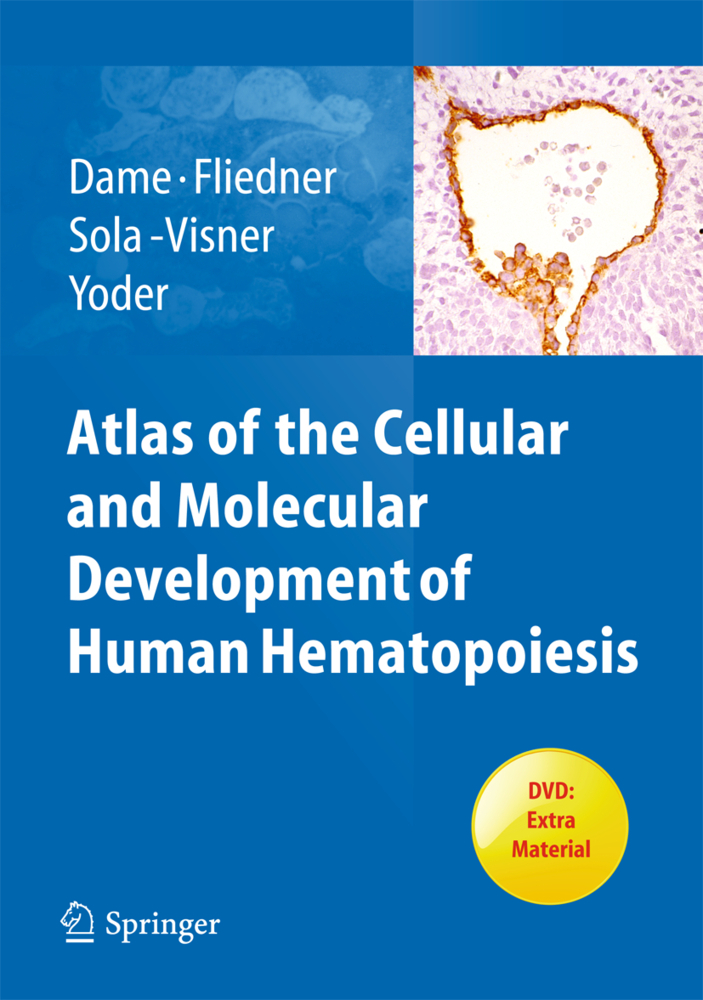Nasal Physiology and Pathophysiology of Nasal Disorders
Nasal Physiology and Pathophysiology of Nasal Disorders
Nasal physiology and pathophysiology is a relatively neglected area, yet without a deep knowledge of the physiology it is impossible to understand the impact of structural changes and the process of disease development or to make sound treatment decisions. With the help of numerous tables, schematic drawings, and color photographs, this book will enable the reader to understand the nasal physiology and pathophysiology in detail. All four functions of the nose - respiration, defense, olfaction, and cosmesis - are covered. Each chapter addresses one important aspect in an accessible way, and each is written by an acknowledged expert on the topic under consideration. The various techniques of clinical evaluation of nasal function are fully discussed, and current trends and future directions in nasal physiologic research are also explored. This book will be of value to both practicing otorhinolaryngologists and novices in the field.
Cilia, ciliary movements, mucociliary transport
T cells
Mucus composition, goblet cells, glands
Nasal Mucosal immunology, Secretory proteins Ig A, G etc B cell
Toll like receptor, innate immunity
Mast Cell
Tight junctions
Macrophage (Monocyte)
Intracelular signaling pathway molecular aspect
NO
Eosinophil
Neutrophil
Nasal Reflexes, Trigeminal pain
Sneezing, Why and how does the nose
Air conditioning of the Nose
Olfaction
Function of the turbinates(nasal cycle)
Nasal Valve
Nose and Sleep Disordered Breathing
Air flow(distribution) in the nose
Clinical evaluation of the nasal function (Rhinomanometry,Acoustic Rhinometry, Rhinoresistometry, Testing of transport, Measurement of ciliary activity, Measurement of nasal defensive proteins, Assessment of olfactory function, Nanomedicine and the Nose, Electron microscopy and thenose, Genetic evaluation and nasal function)
Physiology and functional behaviour of the nasal cartilages
Physiology of the Growing Nose
Physiologic concerns during Rhinoplasty
Physiology of the aging nose
The dry nose
Systemic effects of nasal obstruction, nose pulmonary interdependences
Influence of hormones on the nose
Physiologic effects of mouth breathing compared to nasal breathing
Current trends and future directions in nasal physiologic research.
Why the nasal passage, and why do we have a nasal septum
Functional Defense Mechanisms of the Nasal Respiratory EpitheliumCilia, ciliary movements, mucociliary transport
T cells
Mucus composition, goblet cells, glands
Nasal Mucosal immunology, Secretory proteins Ig A, G etc B cell
Toll like receptor, innate immunity
Mast Cell
Tight junctions
Macrophage (Monocyte)
Intracelular signaling pathway molecular aspect
NO
Eosinophil
Neutrophil
Nasal Reflexes, Trigeminal pain
Sneezing, Why and how does the nose
Air conditioning of the Nose
Olfaction
Function of the turbinates(nasal cycle)
Nasal Valve
Nose and Sleep Disordered Breathing
Air flow(distribution) in the nose
Clinical evaluation of the nasal function (Rhinomanometry,Acoustic Rhinometry, Rhinoresistometry, Testing of transport, Measurement of ciliary activity, Measurement of nasal defensive proteins, Assessment of olfactory function, Nanomedicine and the Nose, Electron microscopy and thenose, Genetic evaluation and nasal function)
Physiology and functional behaviour of the nasal cartilages
Physiology of the Growing Nose
Physiologic concerns during Rhinoplasty
Physiology of the aging nose
The dry nose
Systemic effects of nasal obstruction, nose pulmonary interdependences
Influence of hormones on the nose
Physiologic effects of mouth breathing compared to nasal breathing
Current trends and future directions in nasal physiologic research.
Önerci, T. Metin
| ISBN | 978-3-662-50924-1 |
|---|---|
| Medientyp | Buch |
| Auflage | Softcover reprint of the original 1st ed. 2013 |
| Copyrightjahr | 2016 |
| Verlag | Springer, Berlin |
| Umfang | XV, 616 Seiten |
| Sprache | Englisch |

